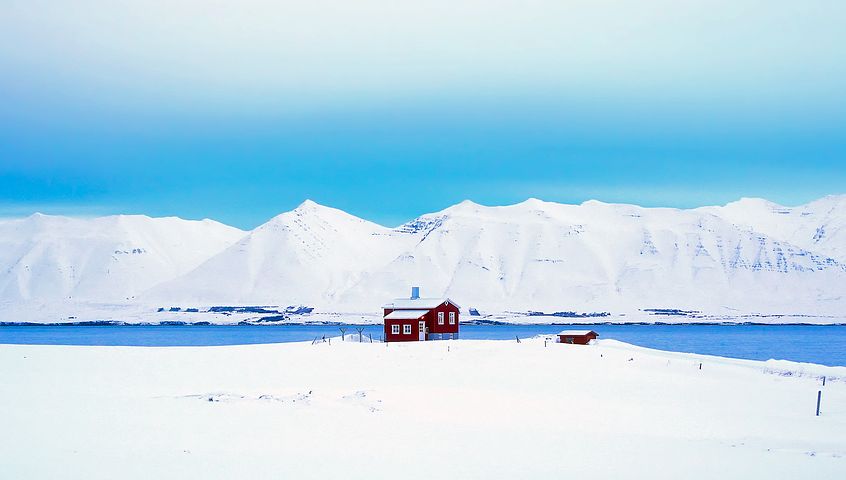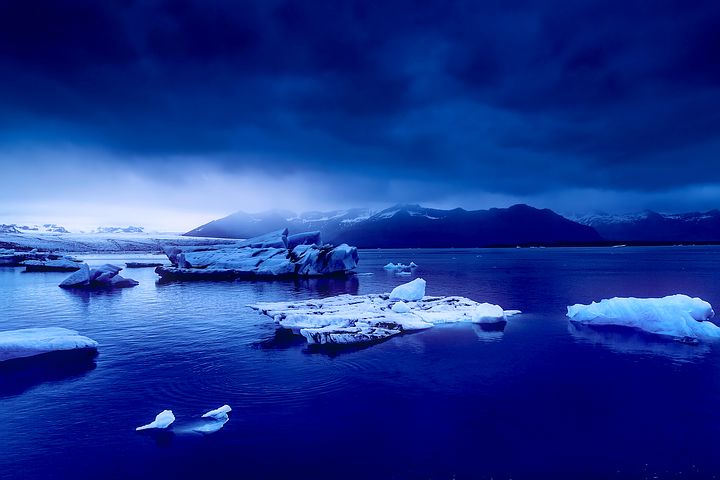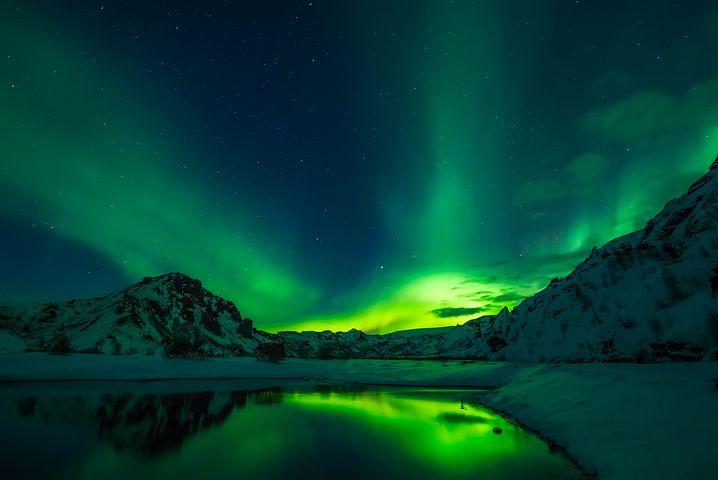

During this episode of All Things Iceland, I give you the low down on what you can expect during an Icelandic winter. While long, dark winter nights can sound awful, you can easily survive it by knowing what to expect and by using some of the coping mechanisms I share in this episode.
How long is an Icelandic winter?
According to the Old Norse calendar, which was split up into two seasons (winter and summer), winter in Iceland is 26 weeks long. The first day of summer is the first Thursday after April 18th every year, which I feel like is a long running joke in Iceland because the weather that day is usually not “summery”. Icelandic winter starts on the Saturday that falls between October 21st and 27th. I am putting together an episode about the Old Norse calendar because it is so fascinating, but for right now, just know that the end of October signals to people in Iceland that winter has arrived. The days get darker much faster around this time.
In fact, we get about 9 hours of daylight around the first day of winter. Daylight just rapidly decreases from there. Check out the yearly sun graph of Iceland. It is fascinating to see the drastic difference in daylight during an Icelandic winter and summer. While it is true is that winter is long in Iceland, I think it is worth mentioning that it is not an endless span of long, dark, super cold and dreary days. However, there are days like that but they can vary.
What is the weather like during winter in Iceland?
The country lucked out with its geographical position in the world. According to Iceland’s meteorological office, “Iceland enjoys a much milder climate than its name and location adjacent to the Arctic circle would imply. A branch of the Gulf Stream flows along the southern and the western coast greatly moderating the climate. However, this brings mild Atlantic air in contact with colder Arctic air resulting in a climate that is marked by frequent changes in weather and storminess. Furthermore, this leads to more rainfall in the southern and western part than in the northern part of the island.”
Yes, you will find ice and snow in Iceland during the winter. About 10% of the country is covered in ice and during the winter, the sidewalks in the Reykjavík area can be very icy. Some people wear micro spikes on their shoes because you can easily injure yourself if you slip and fall on the ice. It is unfortunate that micro spikes are usually thought of as things that older people wear here but that is the perception. If you are visiting, I think it is worth it to bring some with you. Better to be safe than sorry.
Snow during the winter in Iceland is welcomed, not only because it is pretty but because it lightens up the dark nights. It is interesting to see how much brighter it is outside when there is snow on the ground. Even though, there can be a decent amount of ice on the ground, the majority of the country rarely gets hit with super frigid temperatures. I know that seems weird, especially since the country’s name is Iceland. The average temperature in Reykjavík, during an Icelandic winter is 0 degrees Celsius or 32 degrees Fahrenheit. That is pretty mild, considering that Greenland is a our neighbor.
However, Iceland really is the land of extremes. While you have 24 hour brightness in the summer, Icelandic winter days are quite short. On the shortest day of the year, December 21st or the winter solstice, we get 4 hours and 7 minutes of daylight! Sometimes you don’t see the sun for days because of clouds or storms, especially when the days are at their shortest in December and January. Thankfully, December is full of holiday celebrations.
While the sky might be dark, there are lights decorating people’s houses and lots of excitement about Christmas and the upcoming New Year. The other upside to long, dark nights is that you have much better chances of seeing the Northern Lights. This natural phenomenon is caused by collisions between electrically charged particles from the sun that enter the earth’s atmosphere. The lights are seen above the magnetic poles of the northern and southern hemispheres. They are known as ‘Aurora borealis’ in the north and ‘Aurora australis’ in the south. Variations in color are due to the type of gas particles that are colliding.
Ways to cope with a long & dark Icelandic winter
Here is a list of activities/tools that help people in Iceland to cope with the darkness during the winter.
- A day light lamp
- Establish a routine
- Drink lots of coffee. I don’t drink coffee so I can’t vouch for it, but Icelandic people love their coffee
- Escaping to sunny and warm places
- Doing outdoor activities – skiing, snowshoeing, hot tubs, sledding, ice skating on frozen lakes, just walking around
- Working out
- Appropriate clothing!
- The darkest month – December – is filled with holiday events and is a cheerful time
- Cozy homes – candles, wool blankets, movies, soups, indulging in cured meats, candy, ice cream and so on
- Family gatherings
- The days become brighter pretty fast after January. Many people are counting down the days until January is over.
The Icelandic Word of the Episode
The Icelandic word of the episode is Gluggaveður, which means window weather. Listen to the podcast at 17:57 to hear how it is pronounced, and how Icelandic people use it. I also shared a random fact about Iceland during this episode at 14:55. Check it out.
If you have enjoyed this episode of All Things Iceland, please subscribe to the podcast, so you don’t miss new episodes.
Þakka þér kærlega fyrir að hlusta og sjáumst fljótlega
Thank you kindly for reading (and listening). See you soon!



